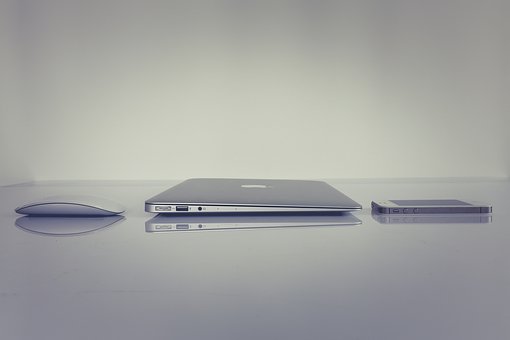Let’s face it; only a few things are more annoying than a slow computer. However, if you can afford to pay a premium for your Mac, you should be entitled to a speedy computer forever. In this article, you’ll learn how to clean out your mac to make it run faster.
The sad truth is this: no computer stays fast forever. Over time, your computer will accumulate junk files that will slow it down over time.
What If You Don’t Want Your Mac To Slow Down Over Time?
Well, you can always clean it out to make it run faster. In this article, you’ll learn what is slowing down your mac and how to make it run faster.
How To Clean Out Your Mac To Make It Run Faster
Unwanted junk hides in almost every corner of your computer. This leaves a lot of possibilities for you to speed up your mac.
From rebooting the computer to resetting it to factory settings, you just don’t know what will speed up your sluggish computer.
- Reboot the computer
I’m pretty sure you’ve heard of RAM. If you’ve been using computers for some time, you know that the more RAM, the faster the computer.
That’s technically the case. This is because programs that you open on your computer store their cache on your RAM to make them more responsive.
When the RAM stores as much as possible, it moves older data to other slower storage mediums. When this happens, your computer will become slow due to the latency associated with reading files from slower storage mediums.
A simple fix to this is rebooting your computer.
You might want to ask: why does this work?
RAM is a kind of volatile memory that requires electrical power to store information. Once you turn off your computer, everything on your RAM deletes, leaving space for fresh data.
This speeds up your computer awhile until you fill up your RAM, and you need to reboot again.
- Do away with resource-intensive (and unneeded) apps
If your computer is running slowly, it might just be due to some resource-intensive apps running in the background.
These apps hold onto your CPU speed and memory, forcing the computer to dedicate fewer resources to what you’re doing on the computer.
If you want to detect what apps are clogging onto your computer’s resources, you can use the Activity Monitor. This utility is built into your mac, so you don’t have to install additional software.
Activity Monitor shows a list of your programs as well as their resource usage. You can sort the apps based on their memory and CPU usage to see what apps are slowing down your Mac.
When you detect the applications slowing down your computer, you can close them to prevent them from running in the background; you can uninstall them completely, too.
- Empty your trash
Apart from RAM and CPU speed, another thing that will make your computer slow when exhausted is its storage space.
Also, when you no longer need a file, muscle memory will always instruct you to ‘Command + Delete.’
Something it doesn’t tell you is that those apps don’t leave your computer. They only move to trash, where you can recover the files if you happen to need them later.
Over time, items begin to accumulate in the trash. They continue to consume storage space, which in turn degrades your mac’s performance gradually.
If your mac’s storage space goes below 25GB, you will likely experience slowdowns. If you seem to delete files a lot (like every other computer user), you should consider clearing your trash.
To clear your trash, you can click and hold down on the trash icon to bring up the confirmation prompt. Select Empty Trash to complete the process
- Clear the computer’s cache
Caches are small files that different software programs on your computer use to data that it needs to retrieve regularly.
Over time, these cache files build up on your computer, taking up so much storage space and subsequently slowing down your PC.
You can clear your computer’s cache by deleting everything in the cache folder on your mac. To get to the cache folder, open Finder and type in ‘~/Library/Caches.
If you see some essential cache files that you need, you can spare them, of course.
- Delete old and large files
If you’re like any other mac user, you probably never remember to delete those obsolete files. Sooner or later, these files will take a toll on your computer’s performance.
As that isn’t what you want, you should probably check your old downloads and do some cleaning.
Fortunately, you can sort your downloaded files by “Date Added,” making this process seamless. You only need to navigate to the Downloads folder and sort the files by the date added.
You can scroll down to the end of the list and start reading it from there; you’ll be amazed to see how much nonsense you do keep.
- Use cleaning software.
While you can simply follow all the recommended steps here to clean your mac, there is a better alternative; using software that automatically cleans your mac for you.
Many apps can help you clean your mac, but CleanMyMac X stands out amongst them. With a few bucks, you can clean your computer to make it run like new.
CleanMyMac X cleans all the temporary files, cache files, and all other files that make themselves challenging to remove
If CleanMyMac X sounds too expensive, you can use some popular alternatives like OnyX, MacFly Pro, and Clean Me.
Conclusion
Slow computers are never fun, and you should always try to make yours as fast as possible. One way to do this is by cleaning it out.
In this article, we’ve explained how to clean out your mac to make it run faster. If you’re not tech-savvy, you better get an application for it. That isn’t only faster, it is also more reliable, and you’re sure you won’t be damaging anything.

